
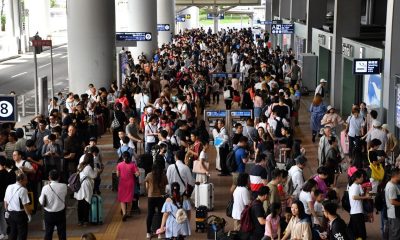

How will the rising number of tourists and foreign residents impact Japan's response in disasters, which relies on the calm and generosity of local communities?
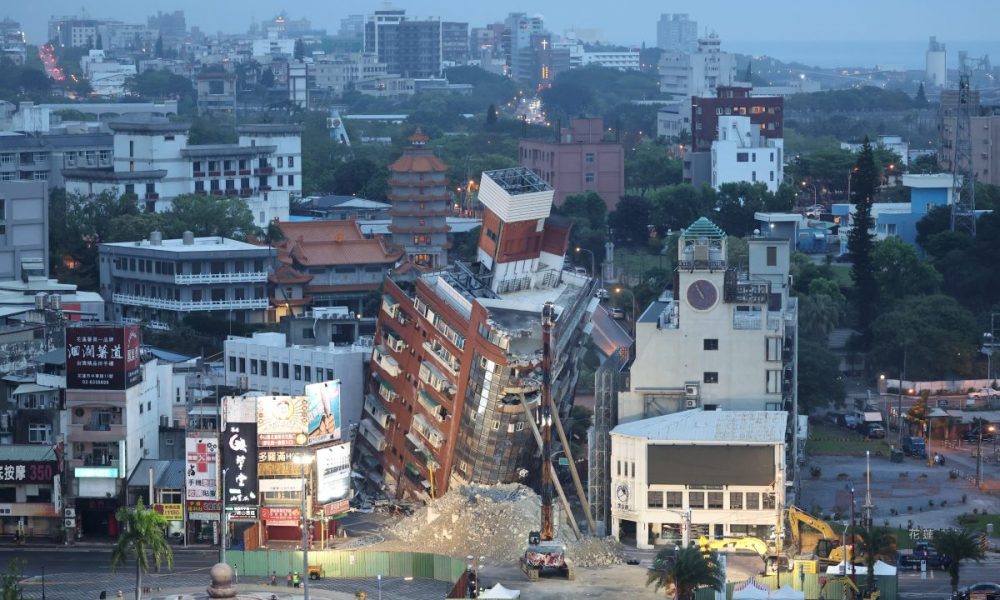
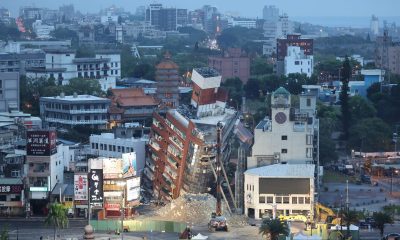

Japan should provide Taiwan effective assistance that meets its needs — rescue operations, medical care, and helping the victims get by in their daily lives.
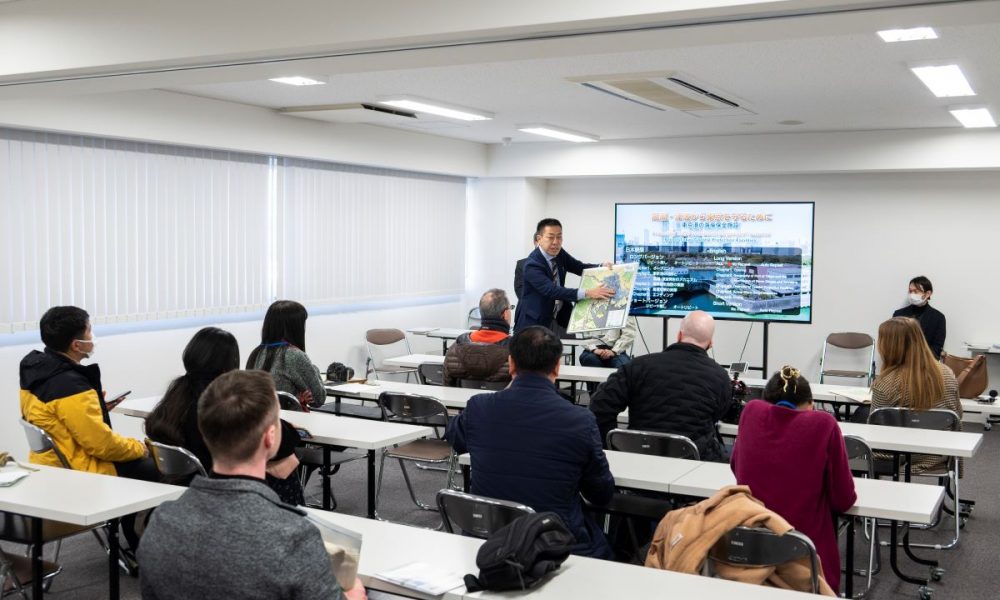
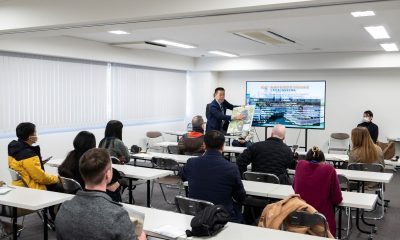

Thirteen years after 3.11, Tokyo is reinforcing its disaster preparedness. We look at how the city is preventing floods and redeveloping coastal communities.
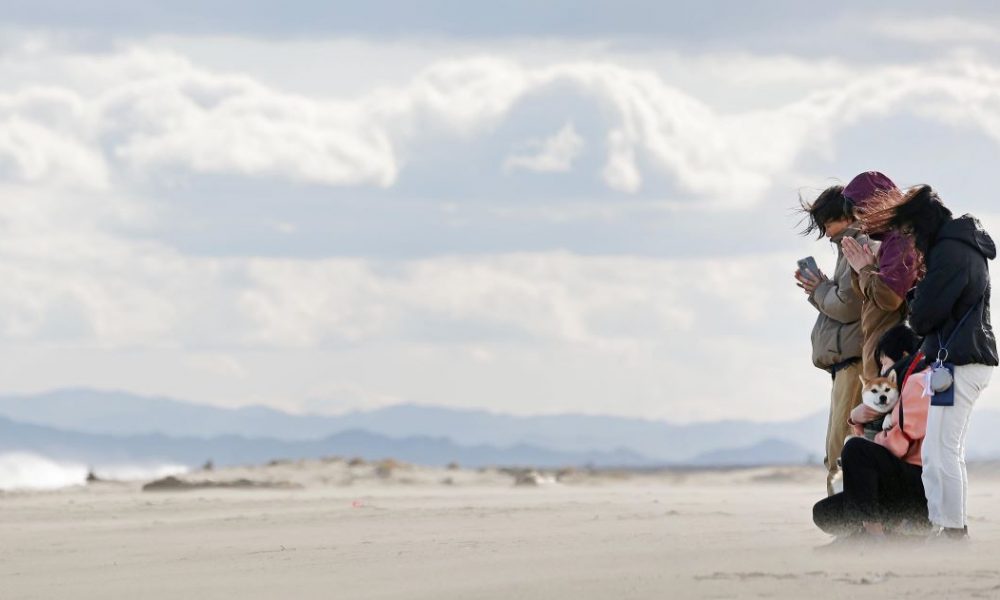
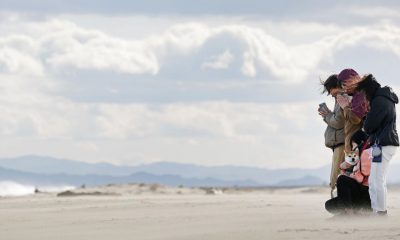

There are always unforeseen circumstances when an earthquake, tsunami, or other disaster hits, and the best way to save lives is by prompt evacuation.
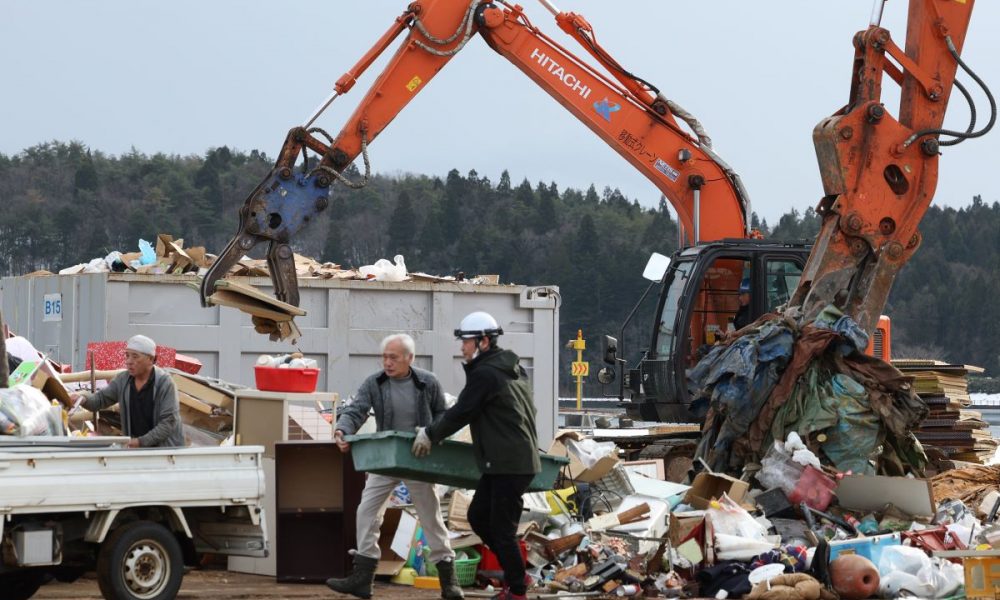
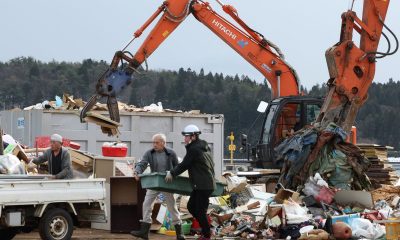

Miyagi Prefecture gained disaster waste treatment know-how after the Great East Japan Earthquake, and now will support the cleanup effort in the Noto region.
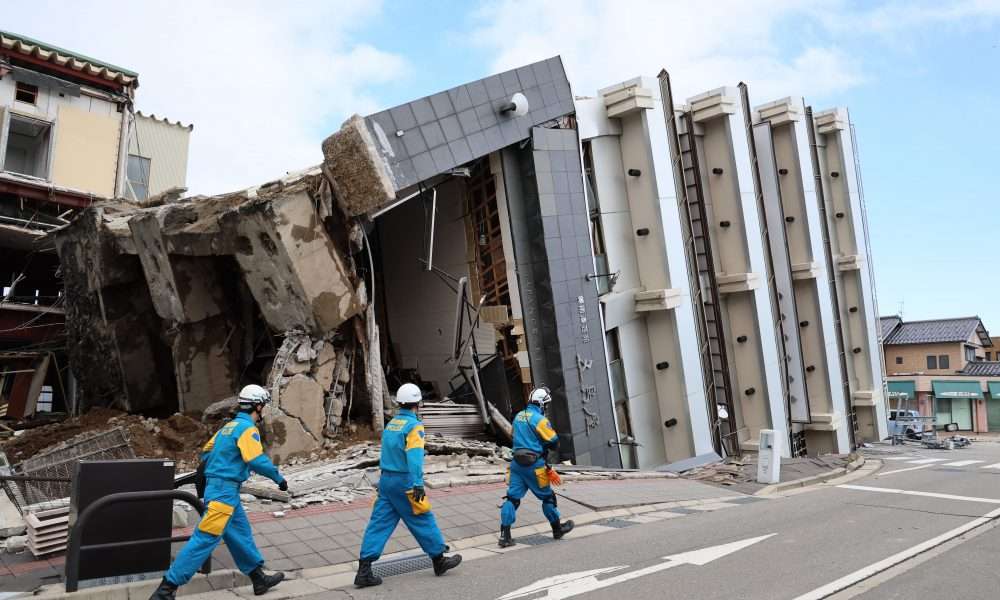
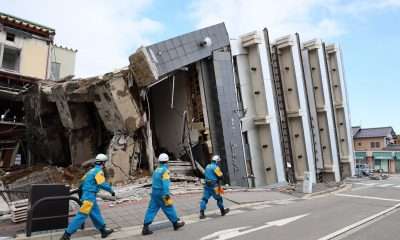

Operations to rescue victims are ongoing in the devastated areas. The dissemination of false information that toys with other people's lives is unforgivable.
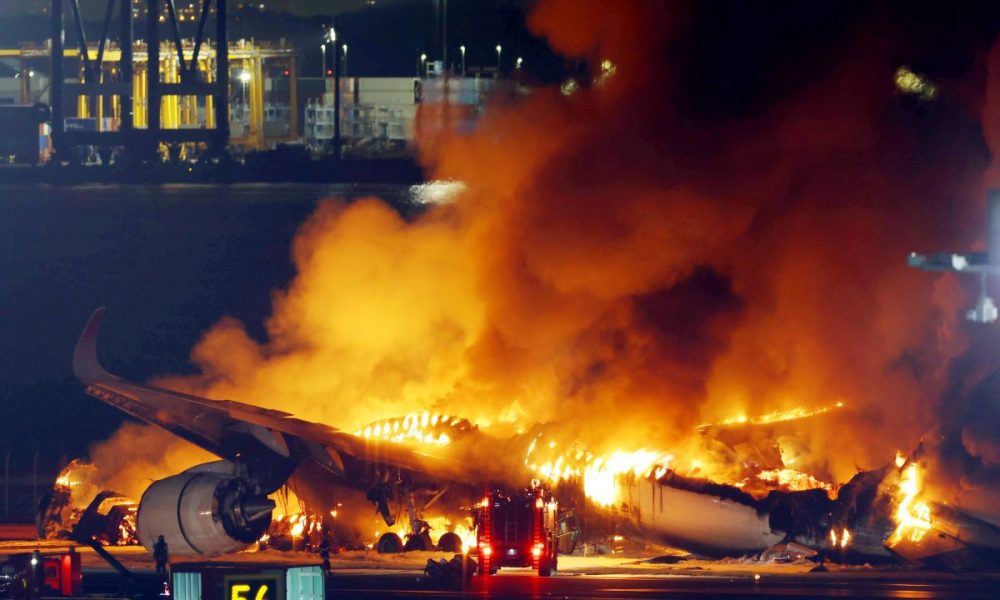


Social anxiety is spreading in the wake of the double tragedies on the first two days of 2024, punctuating the importance of disseminating correct information.

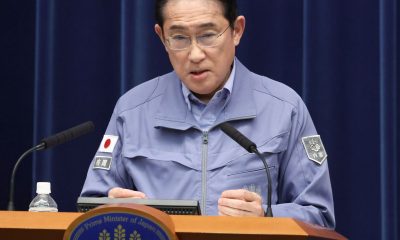

PM Kishida gave initial statements on his hopes and plans for the year, then questions focused on the situation in earthquake-devastated Ishikawa Prefecture.
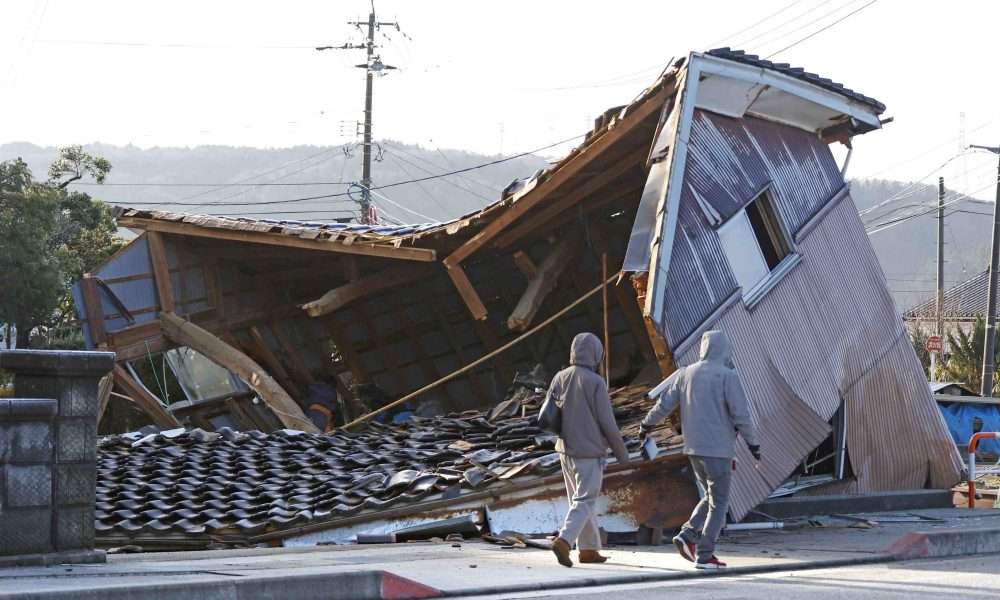
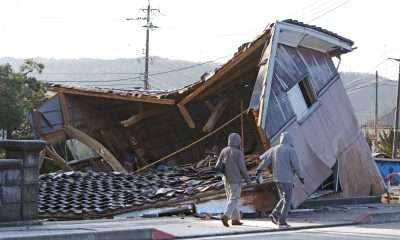

The Noto Peninsula earthquake struck as families gathered to celebrate the New Year. As survivors grieve their loss, society must extend all the help they need.
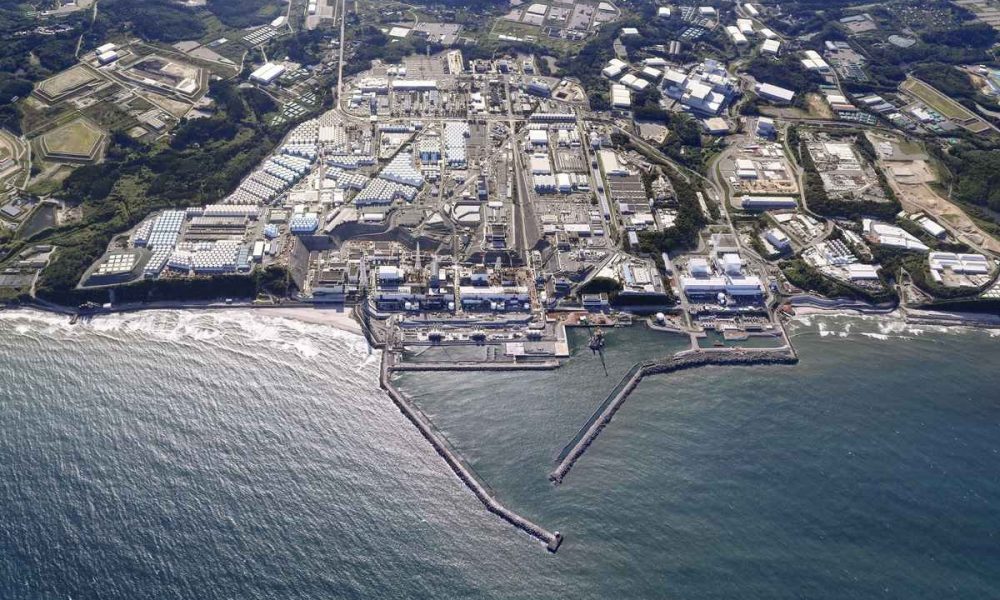
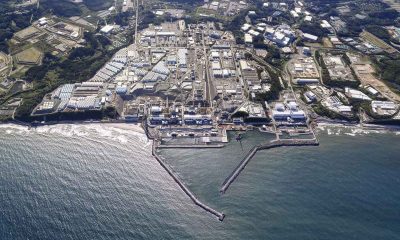

With hysteria rampant on Chinese social media following the release of ALPS treated water at Fukushima, we tackle some of the science behind Japan’s decision.
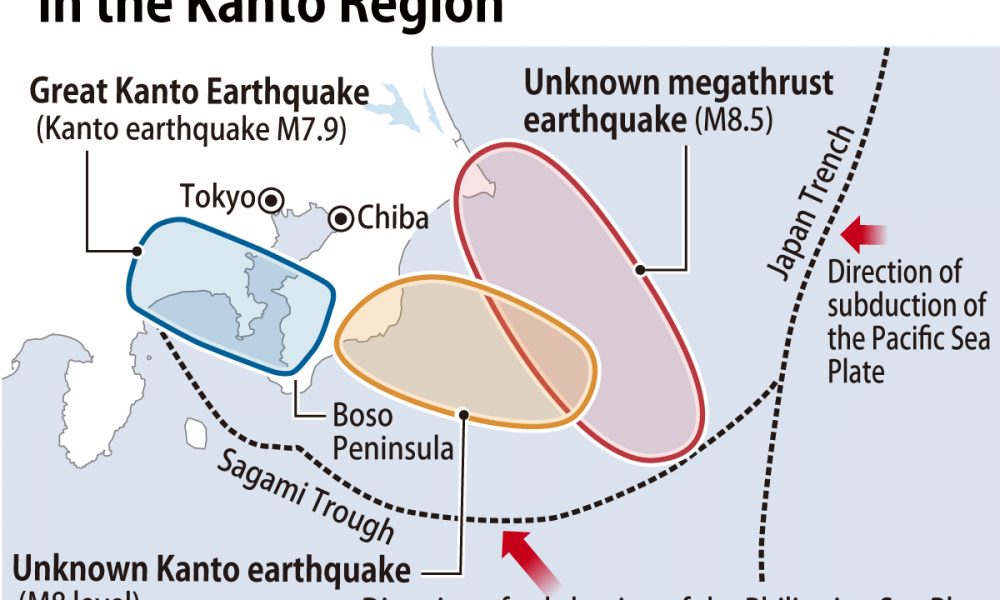
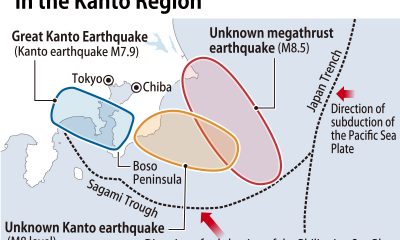

Countermeasures must be updated to reflect new discoveries, including the risks of an unknown megathrust earthquake in Kanto that could trigger a giant tsunami.
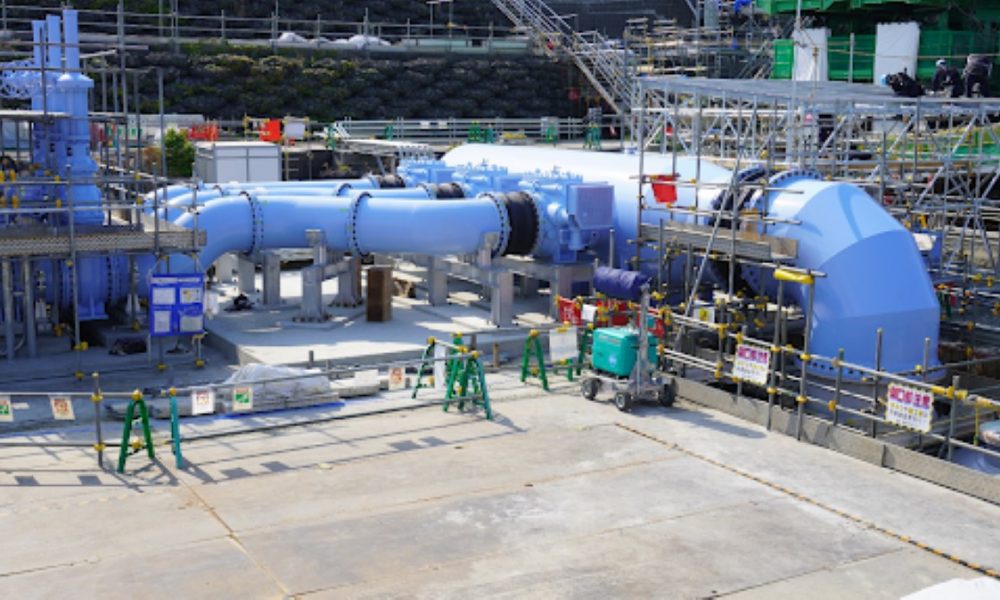


As the treated water release started TEPCO said it would monitor with the utmost sense of care, while China announced a ban on all Japanese seafood...